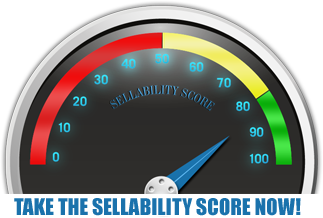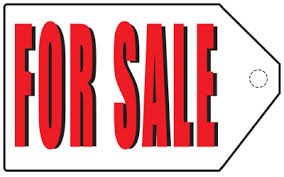
 Normalized Financial Statements – Statements that have been adjusted for items not representative of the current status of the business. Normalizing statements could include such adjustments as a non-recurring event, such as attorney fees expended in litigation. Another non-recurring event might be a plant closing or adjustments of abnormal depreciation. Sometimes, owner’s compensation and benefits need to be restated to reflect a competitive market value.
Normalized Financial Statements – Statements that have been adjusted for items not representative of the current status of the business. Normalizing statements could include such adjustments as a non-recurring event, such as attorney fees expended in litigation. Another non-recurring event might be a plant closing or adjustments of abnormal depreciation. Sometimes, owner’s compensation and benefits need to be restated to reflect a competitive market value.
Privately held companies, when tax time comes around, want to show as little profit as possible. However, when it comes time to borrow money or sell the business, they want to show just the opposite. Lenders and prospective acquirers want to see a strong bottom line. The best way to do this is to normalize, or recast, the profit and loss statement. The figures added back to the profit and loss statement are usually termed “add backs.” They are adjustments added back to the statement to increase the profit of the company.
For example, legal fees used for litigation purposes would be considered a one-time expense. Or, consider a new roof, tooling or equipment for a new product, or any expensed item considered to be a one-time charge. Obviously, adding back the money spent on one or more of these items to the profit of the company increases the profits, thus increasing the value.
Using a reasonable EBITDA, for example an EBITDA of five, an add back of $200,000 could increase the value of a company by one million dollars. Most buyers will take a hard look at the add backs. They realize that there really is no such thing as a one-time expense, as every year will produce other “one-time” expenses. It’s also not wise to add back the owner’s bonuses and perks unless they are really excessive. The new owners may hire a CEO who will require essentially the same compensation package.
The moral of all this is that reconstructed earnings are certainly a legitimate way of showing the real earnings of a privately held company unless they are puffed up to impress a lender or potential buyer. Excess or unreasonable add backs will not be acceptable to buyers, lenders or business appraisers. Nothing can squelch a potential deal quicker than a break-even P&L statement padded with add backs.
© Copyright 2015 Business Brokerage Press, Inc.
Photo Credit: DodgertonSkillhause via morgueFile




 Solving the Dilemma in Determining a Person’s Value
Solving the Dilemma in Determining a Person’s Value





